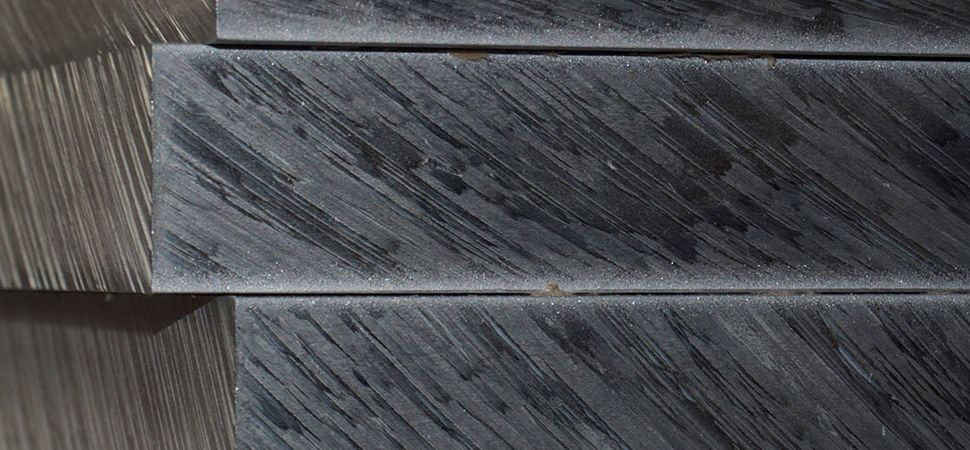The European steel industry has no shortage of challenges as it has to simultaneously reduce carbon emissions and meet steel demand arising from the transition to new forms of energy, such as wind turbines.
According to Worldsteel, the global steel association, the steel industry accounts for about 308,000 direct jobs in the EU-27, where steel production fell 10.5% to 136 million tons in 2022 out of a global total of 1.88 billion tons (-4.2% in one year).
Uses of steel
Widely used in construction, infrastructure, automotive and household appliances, steel is also indispensable for building wind turbines, solar power plants and future transportation networks powered by hydrogen and CO2. "Ten years ago, Europe exported slightly more than it imported," recalls Marcel Genet, steel expert and founder of Laplace Conseil.
Europe is losing competitiveness
But over the years, the Old Continent has found itself "less and less competitive with new countries, starting with China, leading to the closure of a number of plants in Belgium, Germany, Spain, England" and France, he summarizes for AFP. A prime example was the final shutdown of ArcelorMittal's blast furnaces in Florange, the 10th anniversary of which will be celebrated on April 24.
Today, the situation is no rosier: after the disruptions caused by Covid, the European steel industry faces an "economic crisis" and a sharp rise in "energy costs and even the shutdown of some plants in 2022, with 2023 showing no signs of improvement," writes energy consultant Sylvie Corno-Gandolphe in a report for the French Institute of International Relations (Ifri) published in January.
"We cannot do without steel"
All of these factors - not to mention the fact that steel production is a major source of greenhouse gases - are pushing "the EU and steelmakers to accelerate the energy transition," she notes, insisting that the industry "is a key sector for the decarbonization of the European economy" as a whole.
Climate challenge
The main climate challenge is to move away from using fossil fuels to smelt iron ore. ArcelorMittal, the world's second-largest steel producer, aims to produce 4 million tons of emission-free steel by 2026, using hydrogen instead of coal and electric furnaces.
"Hydrogen is all well and good, but if we don't have enough clean, decarbonized electricity" from wind, solar or nuclear power, "we won't be able to produce cheap hydrogen," says Marcel Genet.

Ifri report
Replacing blast furnaces "requires large amounts of clean electricity and hydrogen, and already in this decade, while European electricity is not fully decarbonized and clean hydrogen is still a nascent market."
In March, Axel Eggert, managing director of Eurofer, the European federation of steel producers, noted that the European steel industry alone "will need at least 2 million tons of hydrogen in the next few years to make the transition." By 2030, the EU aims to produce 10 million tons of renewable hydrogen per year on its territory and import the same amount.
Eggert also claims that "more than 74 million tons of additional steel production will be needed just to meet the EU's renewable energy targets." "Solar, wind, nuclear ... all the renewable energy projects that we are planning and starting to implement consume more and more steel. Wind turbines, for example, are steel pits. There is absolutely no indication that we can do without steel, and there is absolutely no substitute product," insists Marcel Genet.
Europe's steel industry faces many obstacles as it tries to meet the twin challenges of reducing its carbon footprint and meeting the demand for steel from new forms of energy such as wind turbines. But despite all the challenges, experts are not stopping to look for alternative solutions.




Comments